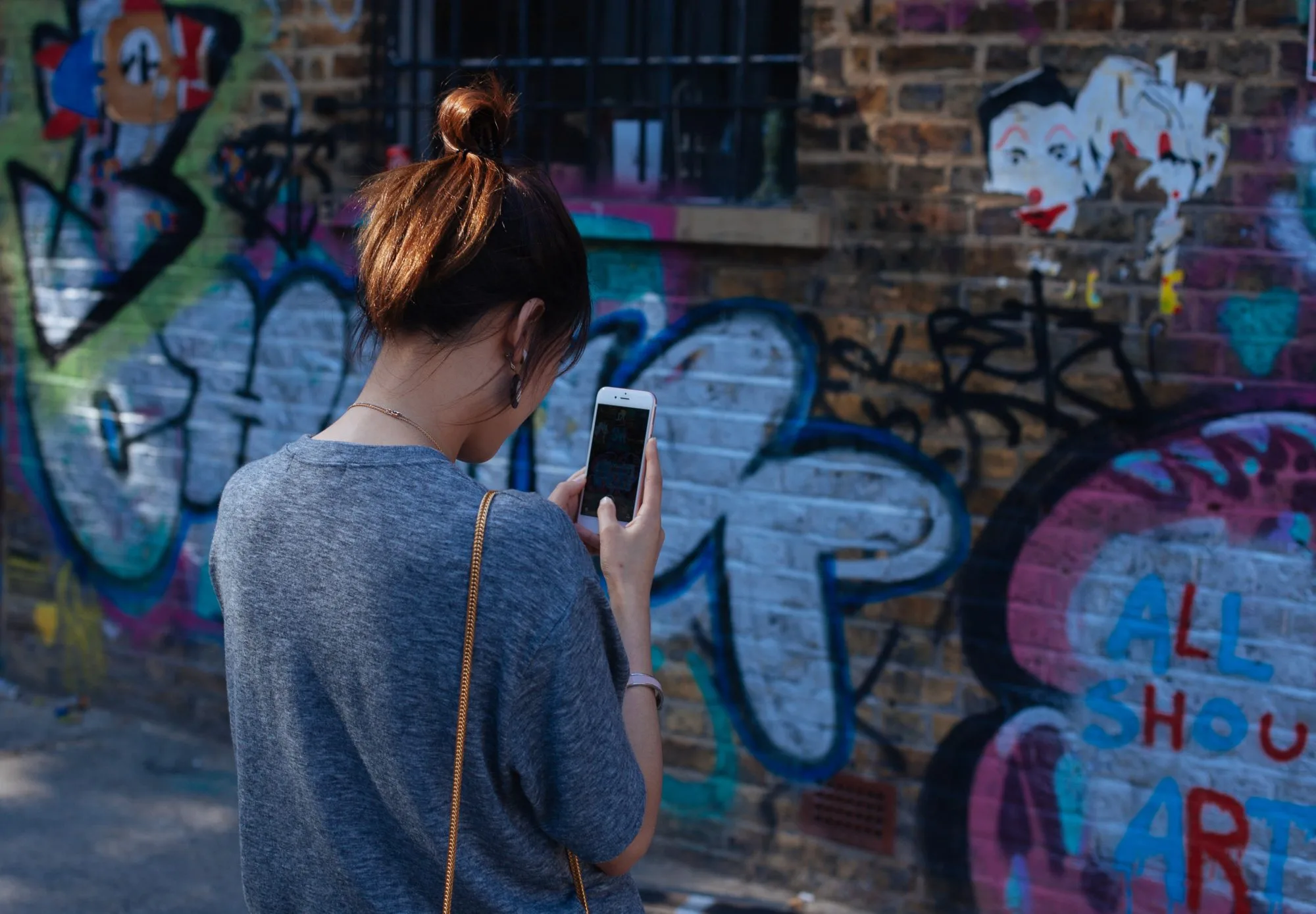The first week of 2018 had hardly reached its end, and a major addiction issue had already raised its ugly head. Teenagers – specifically one’s living in the United States – report finding it increasingly difficult to part with their iPhone, even for a short time. The problem had gotten to the point where parents were urging Apple to start developing software that would allow them to limit their children’s phone usage.
Is it really that serious? 
How can it be recognized?
- Excessive need to use the phone and failed attempts to use it less often
- The individual may lose a realistic sense of time when they become transfixed; way too much time can be spent or wasted through using the phone as opposed to engaging in other productive activities such as homework, studying, or extramural activities.
- Individuals may turn to their phones for emotional self-regulation when they find themselves in stressful or boring situations. This is one of the reasons why some people who have personality disorders (such as Asperger’s or ADHD) may be more prone to becoming addicted to their devices.
How can a person’s health be affected by iPhone addiction?
1. Your eyes can suffer. Steyn explains that “digital eye strain is the experience of pain and discomfort in the eyes, eyes that itch and burn, eye fatigue and headaches.”
2. Possible infertility in males as a result of electromagnetic radiation.
3. Insomnia can become a problem. Some people even wake during the night to check their phones and using your device just before bed has been associated with sleeping problems. Circadian rhythms can be disrupted as a result, leading to poor concentration, fatigue, and hormonal disturbances.
4. Weight gain as a result of the sedentary lifestyle that often accompanies excessive screen time. Click here to find out why this is the case – and how to prevent it.
It doesn’t stop here either
According to Steyn, parents need to acknowledge the psychological and emotional consequences of iPhone addiction. “Relationships can suffer under smartphone abuse,” she explains, “as the phone sometimes becomes the preferred means of communication at the compromise of real human interaction.”
The identity of the child is also still developing and is vulnerable to the influence of social media. Judson Brewer describes what happens in the mind during such addiction in his book “The Craving Mind”. Different brain regions are activated when the individual accesses social media. The Nucleus Accumbens forms part of the dopaminergic reward-based system in the brain, an area that activated with every form of substance abuse. In the case of device addiction, this area lights up when adolescents view their own images on Instagram or when they receive likes on Facebook. Email or Facebook provide ‘variable ratio reinforcement’ because you never know when you will get the next satisfying response, and therefore you are compelled to keep checking. The average person swipes their phone hundreds of times a day!
As with most addictions, smartphone addiction is also treated by cognitive and behavioral modification therapy and in some instances even medication. Because it can be a means of self-regulation, it sometimes masks underlying problems such as anxiety or depression that may also respond to medication.
What can parents do to address iPhone addiction?
“This cycle of abuse can be broken by taking mindful action,” says Steyn. “Both the parent and the child must understand why excessive and uncontrolled use of devices is negative and even dangerous.” It’s important to find out how much screen time is considered okay for children and how you can monitor this. The following guidelines can help parents on how to go about doing this.
- Children should be encouraged to have downtime where they can reflect and gain insight. Teaching teenagers to be mindful can help them to better manage their focus and attention, whilst arming them to manage difficult emotions that may arise.
- Access to devices needs to be restricted and monitored. Certain apps already exist to aid parents with doing this, such as Moment.
- Rules can be created about the ‘when’ and ‘how’ of screen-time privileges, e.g., no phones in the bathroom, no social media in real-time social situations.
- Access to Wi-Fi can be restricted and regulated as well as the available phone data.
- The suggested screen-time for older children is no more than two hours a day.



![women [longevity live]](https://longevitylive.com/wp-content/uploads/2020/01/photo-of-women-walking-down-the-street-1116984-100x100.jpg)










